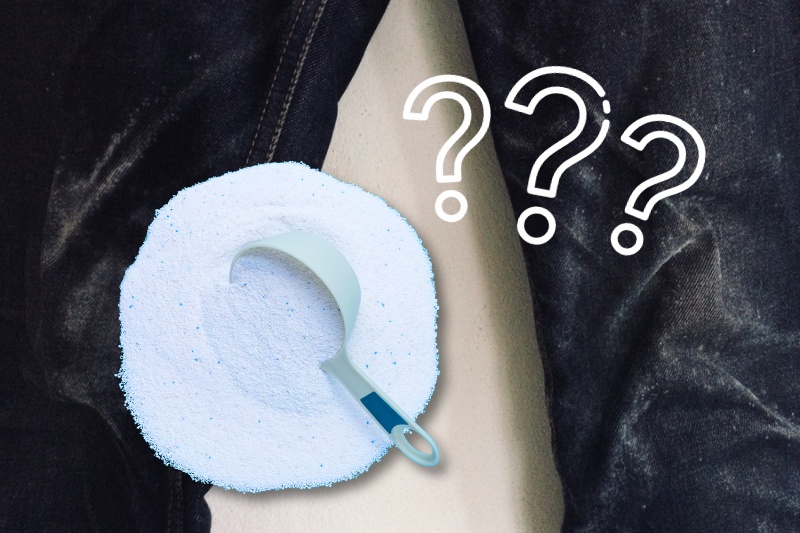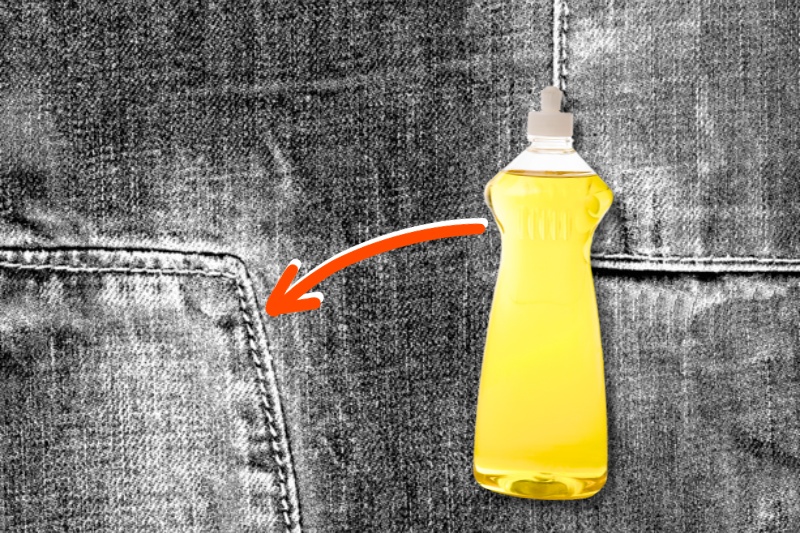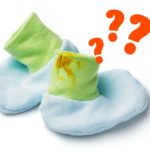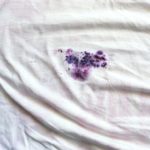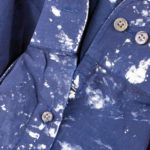Detergent is supposed to clean clothes, right?
So, it’s incredibly annoying when you pull your ‘supposed-to-be clean’ laundry out of the washing machine and discover it covered in detergent stains! Yucky!
T-shirts are unwearable, towels are crunchy, and jeans, well, they just look worse for wear!
Your first thought might be to re-wash the clothes. Your second idea may be to bin the items in question! But it doesn’t have to be that way.
Cleaning detergent stains off clothes is actually a lot more straightforward than you might think. Follow the steps below.
What Do Detergent Stains Look Like?
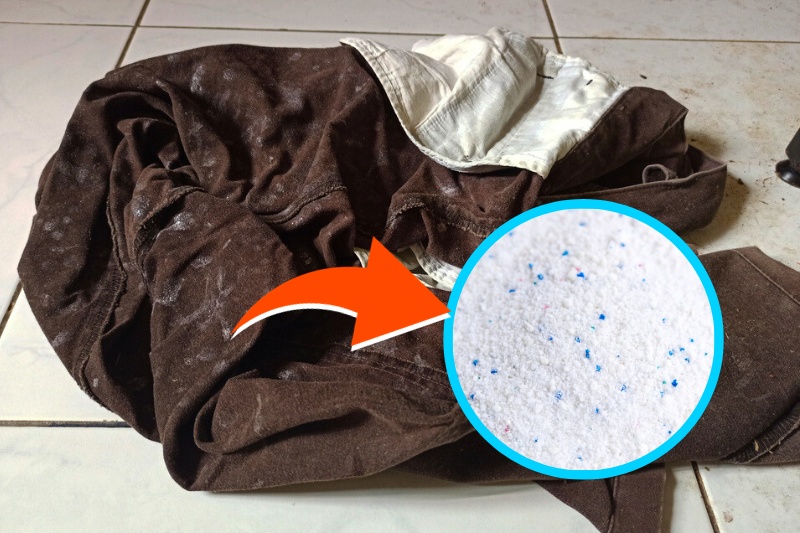
Before you dive into treating a detergent stain, it’s worth finding out if you really have a detergent stain on your laundry or if it’s something else entirely!
Knowing what you’re looking for also means you can treat the blemish effectively.
These are the general tell-tale signs that detergent has stained your clothes
- Blue-ish marks
- White streaks/spots
- Waxy feeling patches
- Rough or stiff patches
If your blemish doesn’t resemble any of these points, you might not have a detergent stain on your laundry. In this case, try and figure out what the marks are and treat them accordingly.
What Causes Detergent Stains on Laundry?
Now you know what a detergent stain looks like, you’re probably wondering why it’s there.
Here are the most common causes:
1. Too much detergent
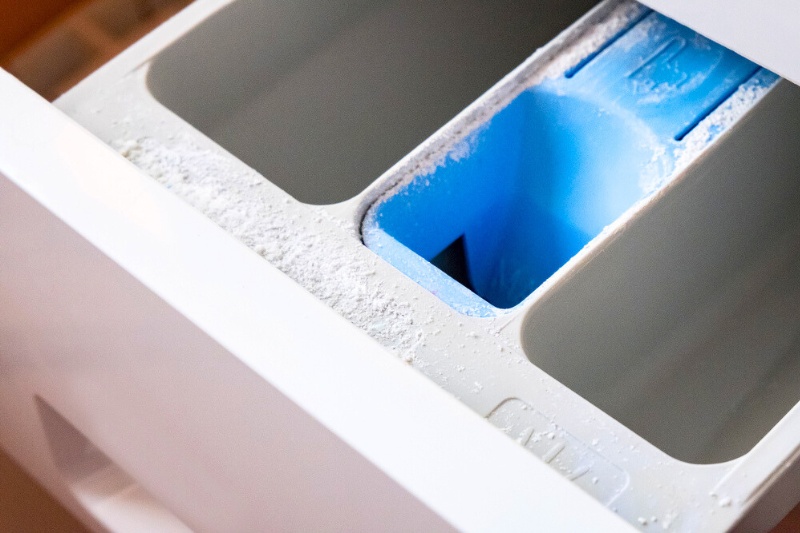
The most obvious cause is that you’ve used too much detergent in your washing machine.
As a consequence, the cleaning solution doesn’t get rinsed off your laundry correctly, and the items start to feel stiff, look unwashed, or are stained.
2. Hard water
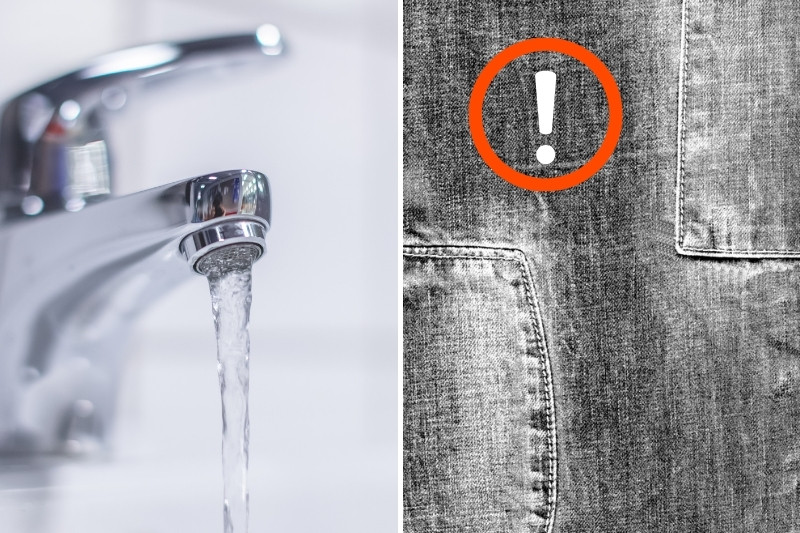
In addition, you may have detergent stains on your clothes because you live in a hard water area.
Sometimes it’s hard for detergents to dissolve in hard water, which is why you get detergent residue on clothes.
3. Overloaded washing machine
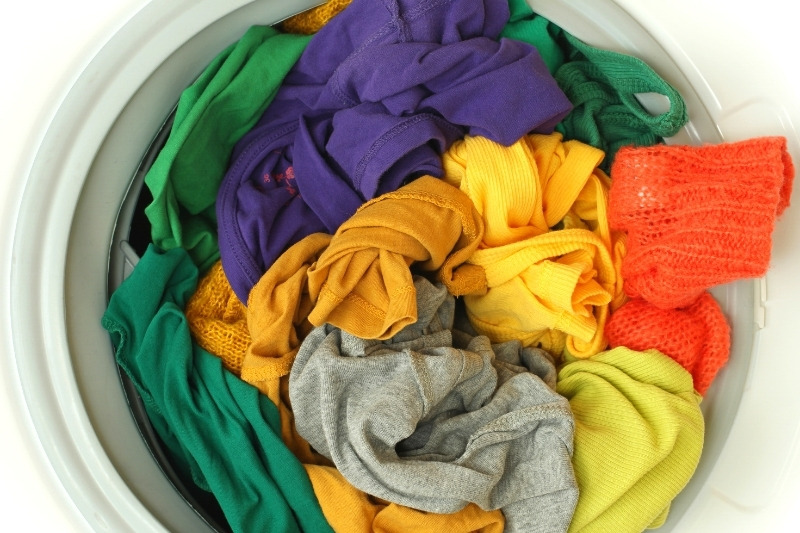
Another common cause is that you’ve overloaded the washing machine. In this case, the water and the detergent cannot move around freely inside the washing machine’s drum.
As a consequence, the cleaning solution isn’t evenly distributed around the drum.
Instead, patches of detergent get clogged in certain areas and end up resting on sections of material, hence the stains.
4. Detergent hasn’t dissolved

Occasionally, your detergent (usually powder-based ones) won’t dissolve effectively in the water inside your washing machine.
The likely causes of this are hard water, an excess of clothes in the drum, too much cleaner being added to the machine, and the wrong water temperature being picked to clean the laundry. The result of this is stained and stiff-feeling clothing.
Find out how you remove the unsightly blemishes left behind by detergent below.
How to Remove Laundry Detergent Stains from Clothes
Tip: Always test your chosen treatment out on a discreet patch of material first!
Option 1: Distilled white vinegar
Steps to follow:

- Fill a clean tub with one part distilled white vinegar and four parts warm water.
- Pop one stained item into the liquid.
- Make sure the item is covered by the water and vinegar mixture.
- Leave the garment to rest in the water for up to an hour.
- Every 10 minutes during this hour-long period, gently rub the stained material between your fingers.
- After an hour, wash your item in the washing machine with detergent.
- Check the garment for stains.
- Repeat the steps above if need be.
Option 2: Bicarbonate of soda
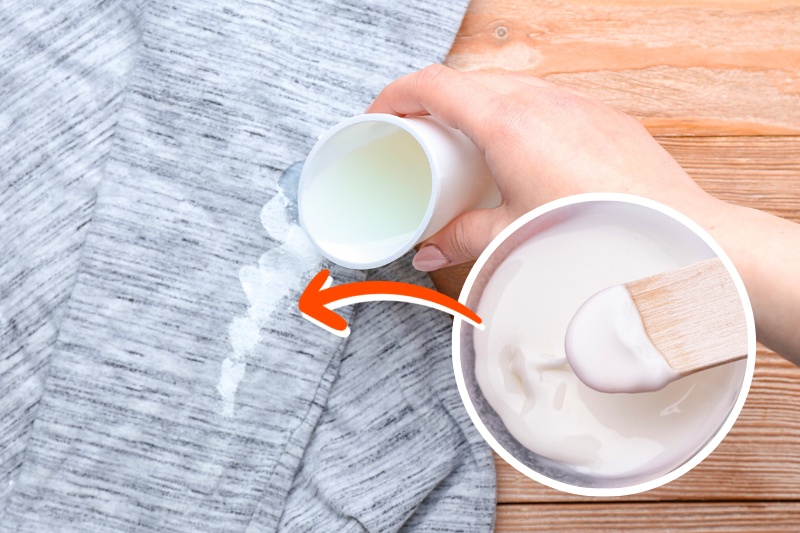
Bicarbonate of soda paste
Steps to follow:
- Mix equal parts of bicarbonate of soda and water together to create a bicarb paste.
- Adjust measurements to suit the size of the detergent stain.
- Rub the paste into the whole stain.
- Wait half an hour.
- Launder the item as normal in the washing machine (with detergent).
- Check for stains.
- Repeat the steps above if need be.
Bicarbonate of soda in the washing machine
Steps to follow:
- Pop your stained laundry back in the washing machine.
- Add half a cup of bicarbonate of soda to the appliance.
- Run a normal washing cycle without detergent.
- Add one cup of distilled white vinegar to the rinse cycle.
- Check the garments after the cycle.
- If there are still stains present, re-treat the item or try another method from this list.
Option 3: Rubbing alcohol (may discolour some items)
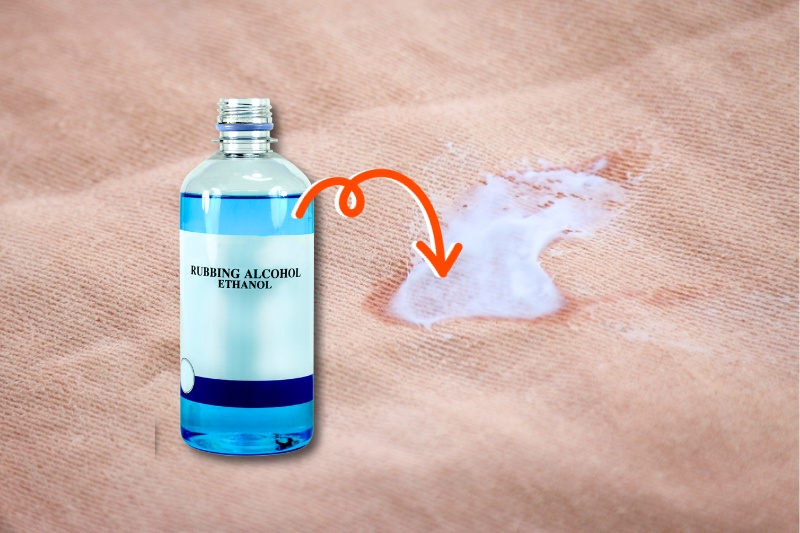
Steps to follow:
- Fill a clean bowl with warm water (check the item’s tag to see how hot the water can be).
- Soak your stained item in the water for about ten minutes.
- Remove the item from the water.
- Gently rub a small amount of rubbing alcohol into the stained patch.
- Wait about 15 minutes for the rubbing alcohol to get to work.
- Launder the garment in the washing machine without detergent.
- Check item for stains.
- Repeat the steps above if need be.
Option 4: Salt and water
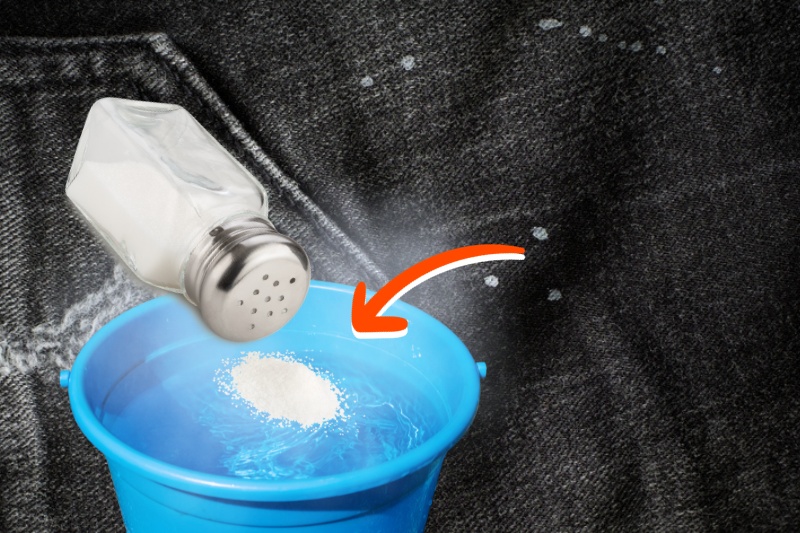
Steps to follow:
- Fill a clean bucket with five liters of warm water.
- Add half a cup of salt to the water.
- Stir the mixture with a long-handled wooden spoon.
- Pop your stained item in the water.
- Wait about half an hour.
- Pop the item in the washing machine and clean it as normal using detergent.
- Check the garment.
- Repeat the steps above if you can still see detergent stains on the item.
Option 5: Washing-up liquid

Steps to follow:
- Blot the stained area with a damp but warm neutral-coloured cloth.
- The area should be damp but not soaking.
- Drop a blob or two of washing-up liquid onto the blemish (you can also use a bar of soap).
- Rub the soap into the material with your fingers/soft-bristled toothbrush.
- Rinse the garment.
- Check it for stains.
- Repeat the steps above if need be.
Option 6: Lemon juice (white clothes only)
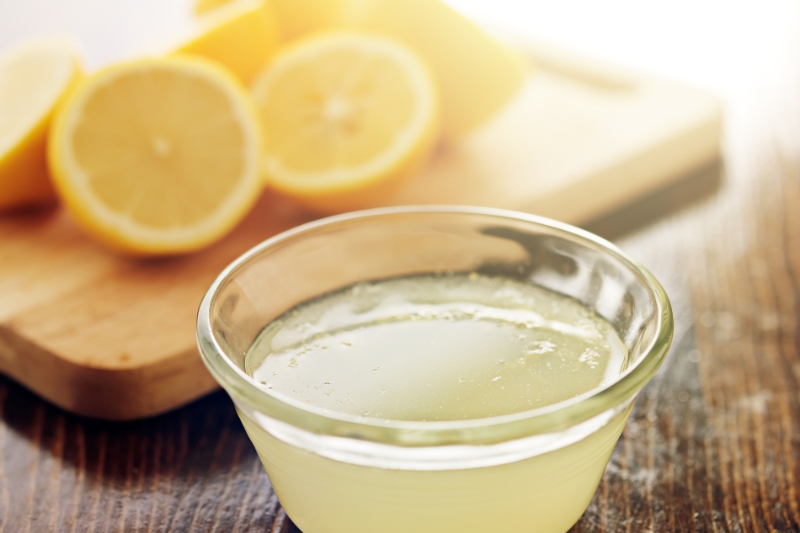
Steps to follow:
- Pop a neutral-coloured towel on a flat surface.
- Lay your stained item on the neutral-coloured towel with the stain facing upwards.
- Put a towel behind the stain – liquid won’t go through the garment.
- Squeeze pure lemon juice onto the detergent stain.
- Add a little salt to the stained patch.
- Work the salty lemon juice into the blemish using your fingers or a very soft toothbrush.
- Rinse the garment under clean water.
- Check the item for stains.
- Repeat the steps above if need be.
Option 7: Warm water
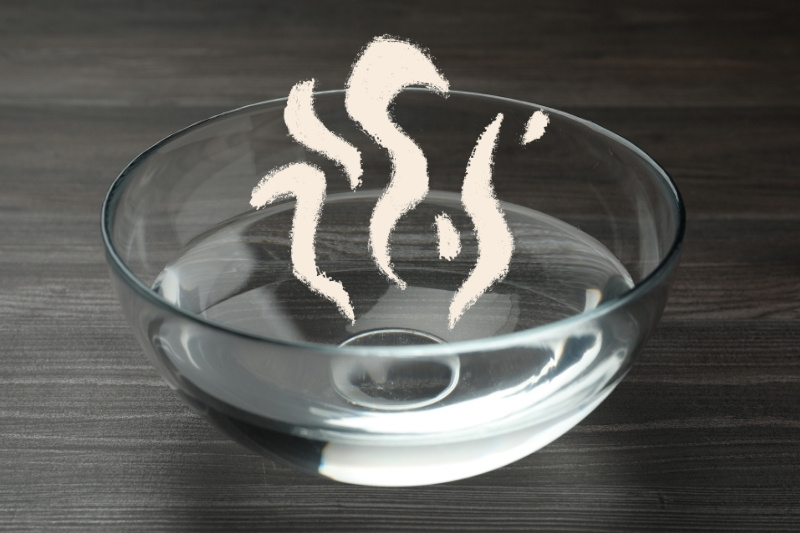
Steps to follow:
- Fill a clean bowl with warm water.
- Soak a single stained item in the salt water for up to an hour.
- Agitate the item when it’s in the water every so often.
- Wash the garment as usual.
- Check the item for blemishes and re-treat if need be.
Tip: Don’t dry your item of clothing(s) until all the detergent stains have been removed. Heat sets stains and makes them hard to remove.
Prevention Is Key
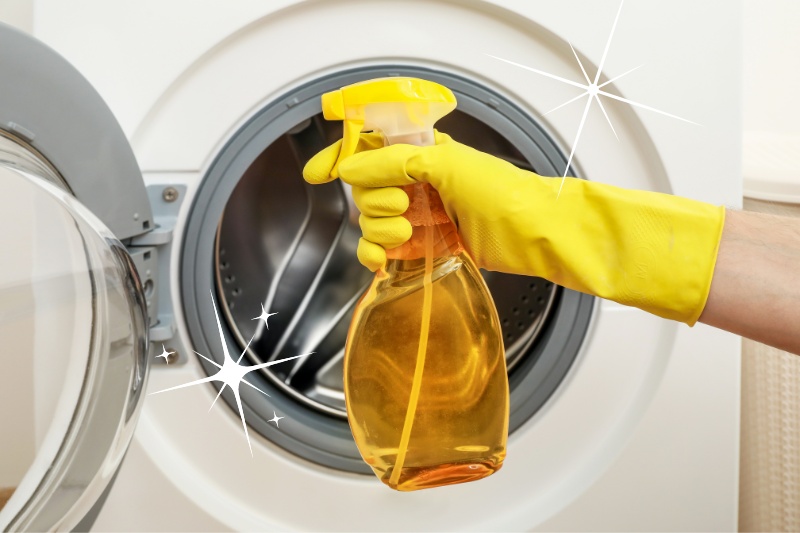
It’s always better if you stop detergent from targeting your laundry in the first place. So put the points below into action to keep your clothes free from detergent stains:
- Use the correct dose of detergent. You can use tools like dosing balls, measuring caps, and scoops to measure your dose correctly. Don’t try and guess how much detergent to use because if you use too much, your washing machine won’t be able to rinse the product off your laundry or remove it effectively from your appliance.
Plus, if you use too much cleaner, you’ll have to buy the product more often, which will work out costly!
- Don’t overload the washing machine. Check your washing machine’s capacity guide and fill your machine up properly! Don’t ram all your laundry into one wash, spread your loads out by colour, material, and type of cycle required.
- If you’re struggling with powder-based detergents, dissolve them in water before using them.
- Swap detergents until you find one that works well for you. For example, change from a powdered-based cleaner to a liquid solution.
- Use a water softener if you live in a hard water area.
- Read the instructions on the detergent’s packaging and stick to what it says. Then choose a suitable temperature to wash your garments on (consider the material you need to clean too). Some cleaners work well at cold temperatures, for example.
- Maintain your washing machine regularly to prevent a build-up of detergent and dirt!
Are Detergent Stains Permanent?
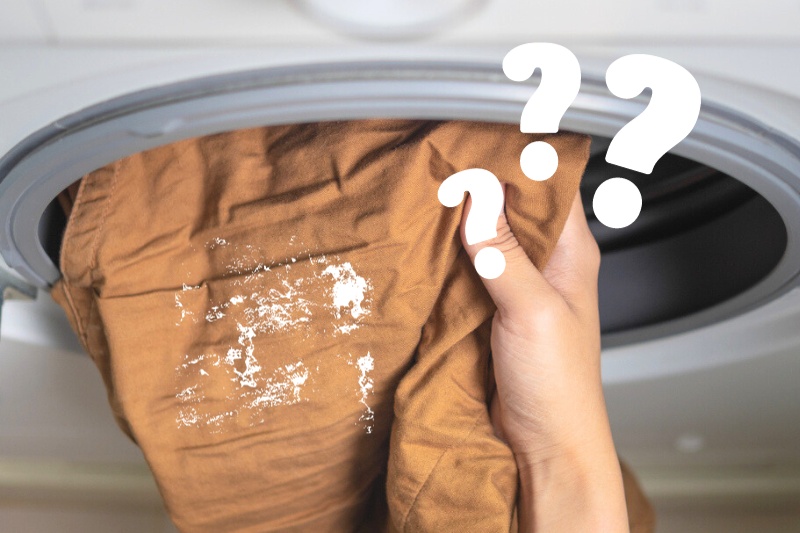
Detergent stains aren’t usually permanent as long as you treat them immediately.
However, as is the case with most stains, if detergent stains are left untreated for long periods of time, they can leave slight blemishes behind.

Bethan has a passion for exploring, reading, cooking and gardening! When she’s not creating culinary delights for her family, she’s concocting potions to keep her house clean!
